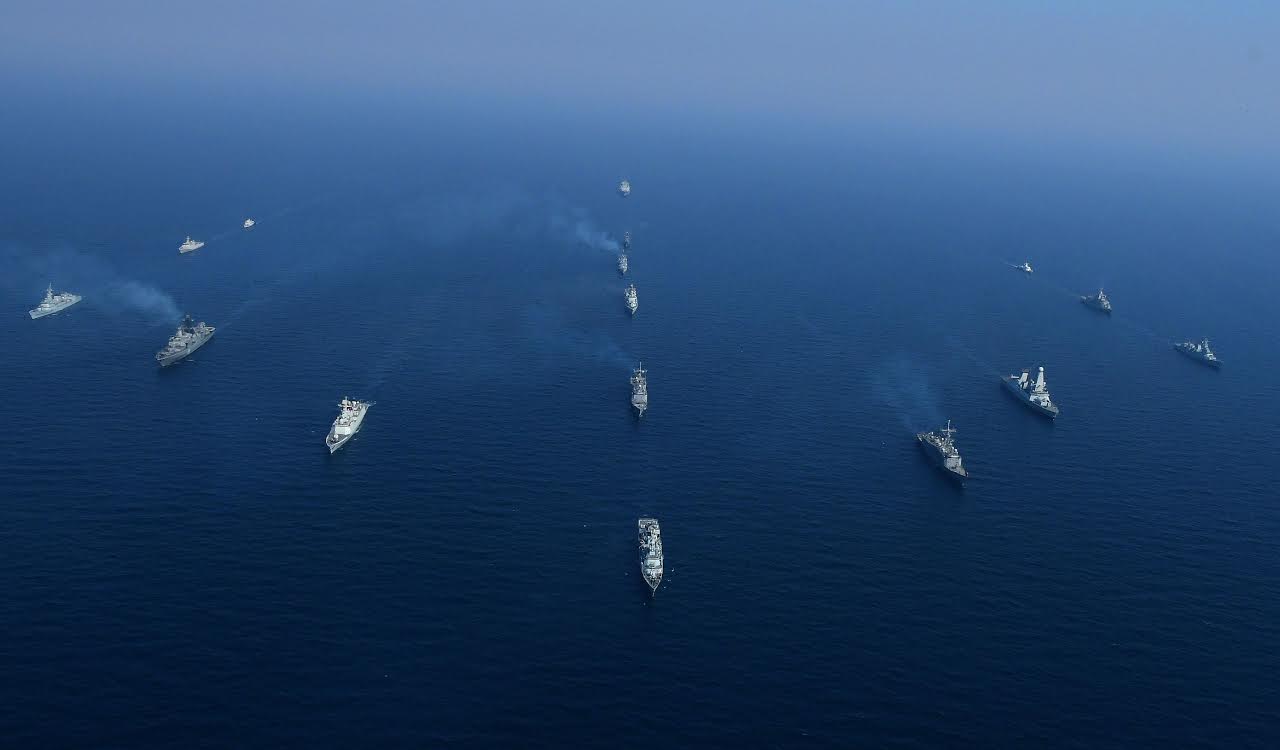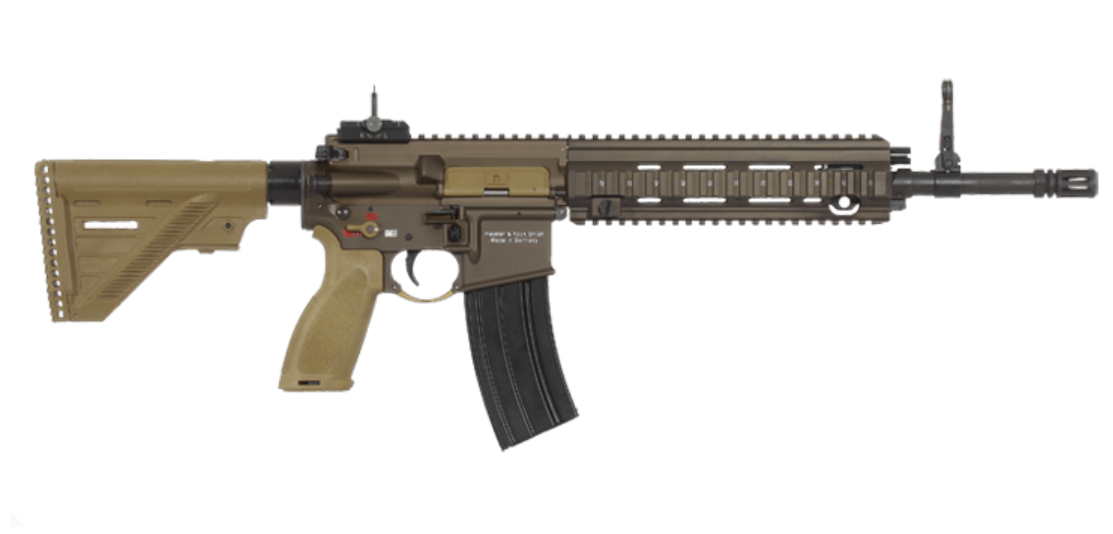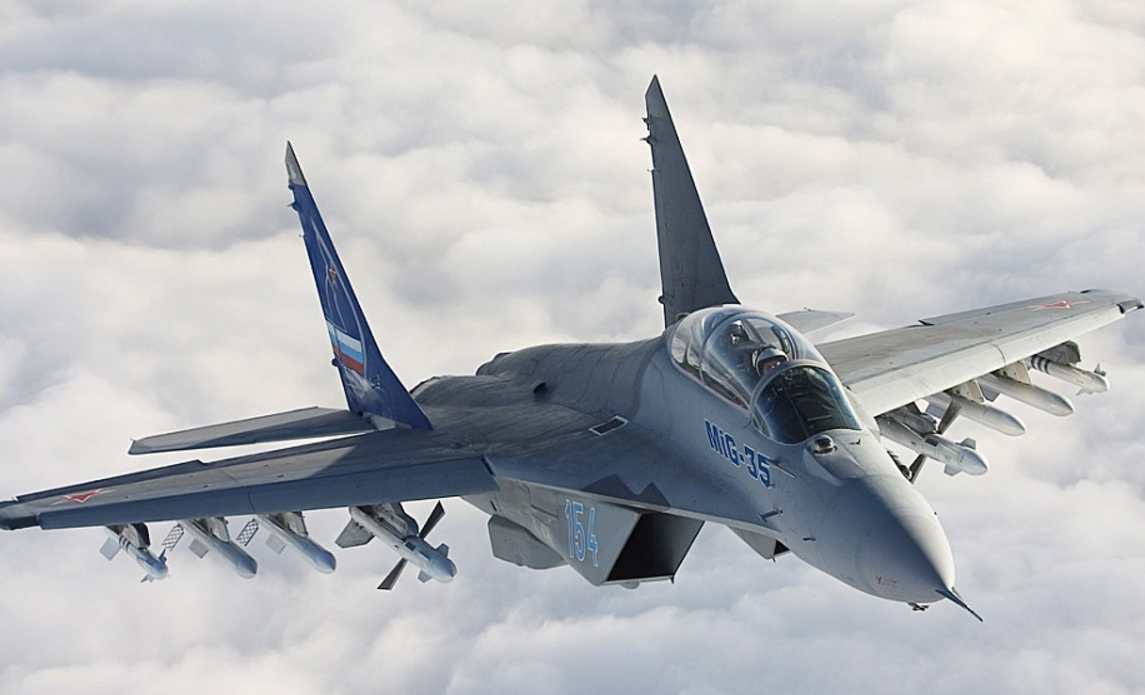2735Views 3Comments

Major multi-national naval exercise AMAN 2017 concludes
Pakistan has concluded AMAN-17 (or AMAN 2017), a major multi-national naval exercise that involved more than 35 countries, on Tuesday, 14 February 2017.
As per Inter Services Public Relations (ISPR), AMAN-17 ended with maneuvers at-sea and a Fleet Revie in the Arabian Sea. Besides naval exercises, AMAN-17 also included a major event – i.e. the International Maritime Conference – as well as a series of seminars, discussions and ship visits.
Discussion:
Foreword: This is not a news story, but a piece for discussion. The details offered in this article are not authoritative pieces of information, but rather, perspectives of the author.
While AMAN is not a new exercise, AMAN-17 was notably large, perhaps the largest of any single Pakistani military exercise in recent years. The Pakistan Navy used AMAN-17 to help drive Pakistan’s foreign relations efforts, namely by promoting the Navy’s participation in multi-national security initiatives (such as Combined Task Force-150 and 151) or Pakistan’s expanding rapprochement with Russia.
However, an exercise of this scale is costly, and with Islamabad and Rawalpindi enabling the Pakistan Navy to implement AMAN-17 at this scale could indicate that the Navy’s prominence has grown.
The driving force behind this surge stems from two sources: Rawalpindi assigning strategic deterrence tasks to the Navy, thus necessitating SLCMs and submarines to carry them. Second, and more importantly, the China-Pakistan Economic Corridor (CPEC) and the need to guard the infrastructure investments made in Gwadar and, in time, the trade that is projected to flow from and to Pakistan.
CPEC – and guarding maritime trade generally – generate two overarching requirements.
First, anti-access and area denial (A2/AD), which is to deny an adversary access to Pakistan’s coasts, not just in terms of using Sindh or Baluchistan to enter the mainland, but to protect Pakistan’s coastal infrastructure, such as ports and shipyards. The main bulk of the Navy’s procurements – i.e. its submarines, FAC and coastal anti-ship missile (AShM) batteries – are centered on A2/AD.
Second, guarding Pakistan’s sea-lines-of-communication (SLOC) (sea-lanes) from criminal activity and, potentially, war-time enemy interdiction. Thwarting war-time interdiction will likely involve Pakistan using a portion of its submarine fleet and reinforcing them with modern surface warships.
Cumulatively, these programs would amount to several billion dollars in procurement expenditure, which is the largest funding package ever allocated for the Pakistan Navy.



3 Comments
by jamshed_kharian_pak
We are very proud Navy forces of Islamic Republic of Pakistan organize with a big success AMAN 2017 a demonstration of the strength with so wide participation of the world naval forces
by nawaf saqib
Indeed true Bilal Khan…. It is Pakistan Navy’s turn for rapid modernization and a sizeable defense package needs to diverted to its infrastructure building, New equipment purchases and etc. Pakistan Navy is in dire needs of modern FACs, corvettes, frigates, destroyers, submarines, surveillance planes both manned and unmanned, new long maritime fighter planes, Helicopters, long range anti-ship and land attach cruise missiles, state of the art radars and communications and medium and long range SAMs. All these are the requirements which needs to be addressed immediately for the defense of Pakistani Coastal Lands, Infrastructure and waters.
The best combination of assets will give Pakistan Navy the advantage to counter any aggression from enemies who will try to attack or create blockade around our SLOC and CPEC.
The available options should be considered immediately:
1. FACs Qty. 24 – STM FAC-55 offers the best option in FAC category with some additional weapons integrated. With speeds of 55 kns, 8 anti-ship missiles, 76mm forward mounted gun, 2 12.7mm guns, CIWS weapon system. PN can also ask STM Turkey to add 8 SAM missiles of Chinese or Denel System’s Umkhonto ER-IR 30 km (19 mi) with FL3000N point defence missile system where it will give the capabilities of true A2/D2 to this FAC.
2. Corvettes Qty. 8- The Turkish Milgem-G Corvettes are more than capable for defending our coastal and littoral waters. With sufficient VLS for SAMs it will provide true A2/D2.
3. Frigates Qty. 12 – The Russian Admiral Gorshkov type of frigates will be very potent for Pakistan Navy. The CSOC type frigate will need lots of improvements and customization inorder to match the Admiral Gorshkov type to bring the capabilities of Large Destroyers to frigates. These type of frigates are the need of PN to guard the Pakistan’s SLOC in Brown and Blue waters. It provides anti air, anti surface, anti land and anti submarine capabilities to PN which no other ship can offer in a single asset deployed.
4. Destroyers Qty. 4 – Pakistan Navy needs a destroyer with Long range guided missile capabilities. For this the PN can work with Chinese on the Type-055 Guided Missile Destroyer to e procured in the coming years.
5. Submarines Qty. 6 – Pakistan Navy doesn’t need nuclear submarines immediately and to waste its resources on it is futile. Instead all those resources can be diverted to make better quality AIP powered submarines that matches nuclear type ones. Also to make them larger to be used as Blue water assets like DCNS did with their concept submarine. These assets can be configured with VLS SLCM capabilities with 24-32 cruise missiles and same configuration could be used for 6-8 Medium Range Ballistic Nuclear Missiles. The advantage of using the same platform for SLCM and nuclear missiles will be that the enemies will never understand the submarines payload and will always be scared when we deploy these type of submarines.
by Superior Shakeel
Lol okay and all this technology and weapon systems will be financed by you???
Also no conventional sub can match a nuclear one.
You cannot fit ballistic missiles on a convenient sub even if they are short fin barracuda by DCNS with each submarine costing whopping 6 Billion $
Even if you can fit ballistic missile into submarine Pakistan doesn’t have a SLBM or a SLBM programme.
Always be realistic and be aware of ground realities before making your shopping list and this concept holds true for everything and everyone be it people or nations.